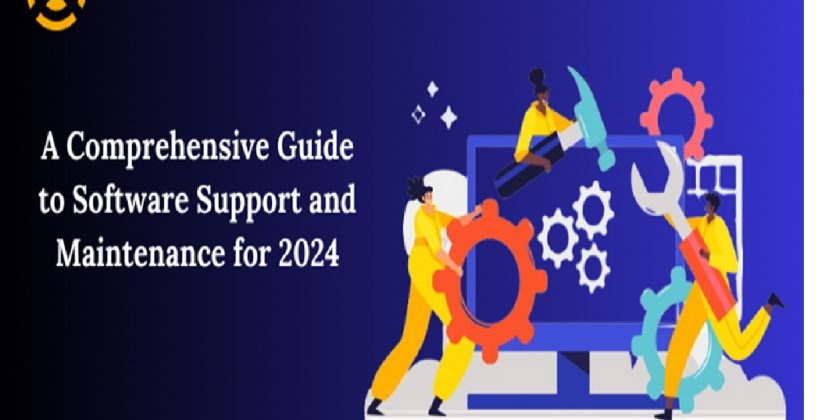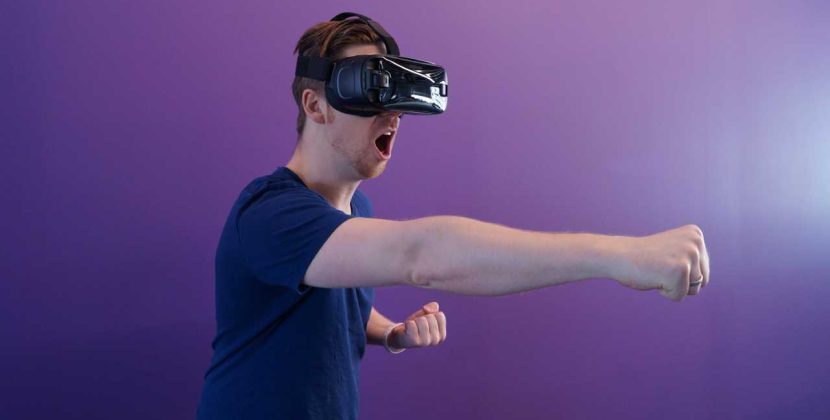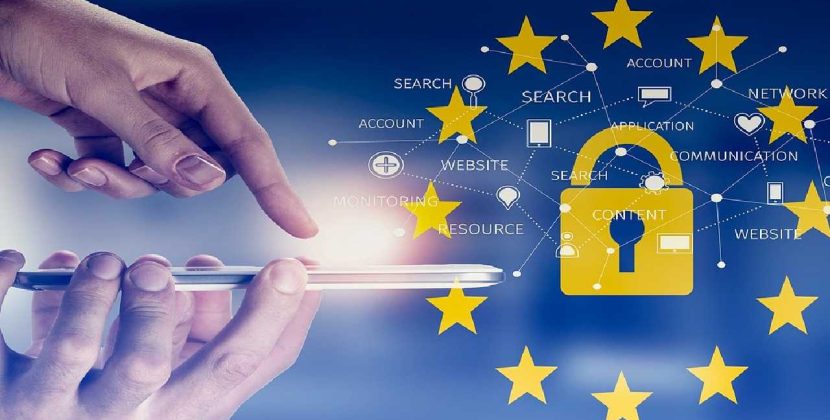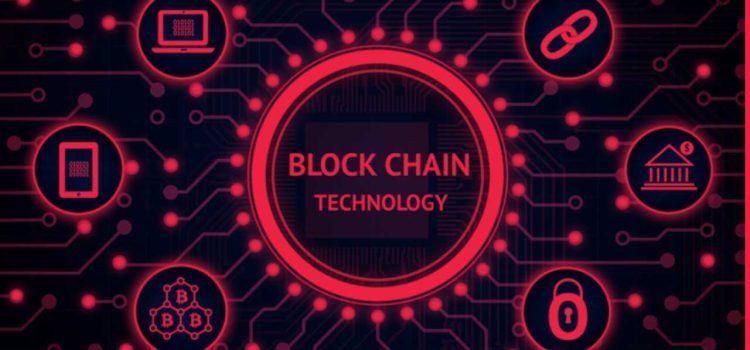
Blockchain Technology
Blockchain, a decentralized and distributed ledger technology, has emerged as a revolutionary force with the potential to transform various industries, including the financial markets. Originally introduced as the underlying technology for cryptocurrencies like Bitcoin, blockchain has evolved to offer unprecedented transparency, security, and efficiency in trading and settlement processes. In this article, we will explore the key concepts of blockchain technology and its impact on the trading industry, examining its benefits, challenges, and future prospects.
Understanding Blockchain Technology
Blockchain is a distributed ledger that allows data to be recorded across a network of computers in a secure and transparent manner. Each data entry, known as a “block,” is time-stamped, cryptographically signed, and linked to the previous block, forming a chain of blocks. This makes the data immutable, as any changes to a block would require consensus from the network, making it highly secure and resistant to tampering.
Blockchain operates on a consensus-based mechanism, where participants in the network agree on the validity of transactions and maintain a synchronized record of the ledger. This eliminates the need for intermediaries, such as clearinghouses or custodians, as transactions can be directly settled between parties, reducing costs and increasing efficiency.
Benefits of Blockchain in Trading
The adoption of blockchain technology in trading offers several advantages, making it a game-changer for the financial markets.
Transparency: Blockchain provides transparency by allowing all participants in the network to view and verify transactions in real-time. This increases trust and accountability, as it eliminates the need for intermediaries and reduces the risk of fraud, manipulation, and errors.
Security: Blockchain uses advanced cryptographic techniques to secure data, making it highly resistant to unauthorized access, alteration, or deletion. This enhances the security and integrity of transactions, protecting sensitive information and reducing cybersecurity risks.
Efficiency: Blockchain streamlines trading and settlement processes by automating workflows and eliminating manual reconciliation, resulting in faster and more efficient transactions. This reduces operational costs, minimizes delays, and enhances overall market efficiency.
Cost Reduction: Blockchain eliminates the need for intermediaries, which reduces transaction costs associated with clearing, settlement, and custody. This can lead to significant cost savings for market participants, making trading more accessible and affordable.
Global Accessibility: Blockchain enables cross-border trading without the need for intermediaries or multiple currency conversions, making it easier and faster to conduct international transactions. This opens up new opportunities for global trading and investment, particularly for regions with limited access to traditional financial infrastructure.
Smart Contracts: Blockchain supports the use of smart contracts, which self-executing contracts with predefined rules and conditions that automatically execute when certain criteria are met. This eliminates the need for intermediaries in contract enforcement and settlement, reducing costs and increasing efficiency.
Challenges of Blockchain in Trading
Despite its potential, blockchain technology in trading also faces challenges that need to addressed for widespread adoption.
Regulatory Frameworks: Blockchain and cryptocurrencies are still in the early stages of regulatory development, with varying levels of acceptance and regulation in different jurisdictions. Unclear or inconsistent regulatory frameworks can create legal and compliance challenges for market participants, affecting adoption.
Scalability: Blockchain networks can face scalability issues as the number of transactions increases, resulting in delays and higher transaction fees. Achieving high transaction throughput and scalability remains a technical challenge that needs to addressed to support large-scale trading activities.
Interoperability: Different blockchain platforms may have different protocols and standards, making it challenging to achieve interoperability and seamless integration with existing trading systems. Interoperability solutions need to developed to enable seamless communication and data exchange between different blockchain networks.
While blockchain offers transparency, there are concerns around privacy and confidentiality. All transactions and data recorded on the blockchain are visible to all participants, which may not be suitable for certain trading activities that require confidentiality. Developing solutions to protect privacy and confidentiality while maintaining the benefits of transparency a challenge that needs to addressed.
Technology Maturity: While blockchain has shown great potential, it is still a relatively new technology that is constantly evolving. There challenges in terms of technology maturity, scalability, and interoperability that need to be addressed for widespread adoption in the trading industry.
Future Prospects of Blockchain in Trading
Despite the challenges, the prospects of blockchain in trading are promising.
Increased Efficiency: As blockchain technology continues to mature and overcome scalability and interoperability challenges, it has the potential to significantly increase the efficiency of trading processes. Automated workflows, reduced reconciliation efforts, and direct peer-to-peer transactions can streamline trading activities, reduce costs, and increase market efficiency.
Enhanced Security: The secure nature of blockchain can enhance the security of trading processes, protecting against fraud, manipulation, and cybersecurity risks. This can help build trust and confidence among market participants, leading to increased adoption.
Expansion of Market Access: Blockchain can provide access to global trading and investment opportunities, particularly in regions with limited access to traditional financial infrastructure. This can democratize trading and investment, allowing more market participants to participate and benefit from global markets.
Improved Compliance and Risk Management: Blockchain can provide improved transparency and traceability, making compliance and risk management processes more efficient and effective. This can help reduce regulatory risks, enhance compliance, and improve risk management practices in the trading industry.
Conclusion:
Blockchain technology has the potential to revolutionize the trading industry by offering transparency, security, efficiency, and cost savings. While it faces challenges in terms of regulatory frameworks, scalability, interoperability, privacy, and technology maturity, the future prospects of blockchain in trading are promising. As the technology continues to mature and overcome challenges, it can unlock new opportunities, disrupt traditional trading practices, and transform the financial markets. Market participants, regulators, and technology providers need to work together to harness the power of blockchain in trading and realize its full potential.











